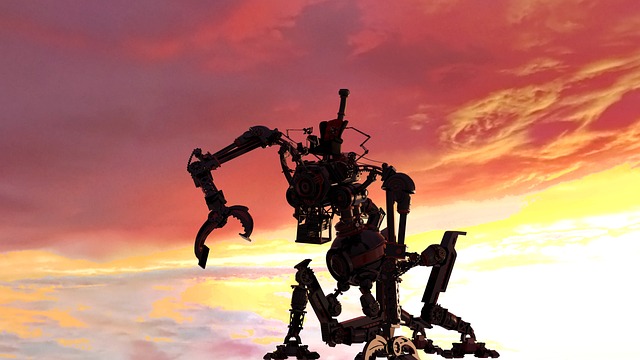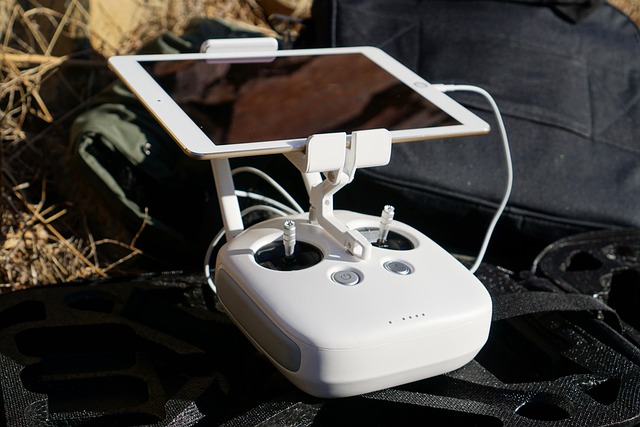Embracing the Future with Helper Robots: Exploring AI-Powered Automation in Business
In the rapidly evolving landscape of technology, helper robots stand at the forefront, revolutionizing how businesses operate. Imagine a world where tedious tasks are effortlessly managed by intelligent machines, allowing human creativity and strategic thinking to flourish. This is not futuristic fiction; it’s the present unfolding right before our eyes.
Robotics, intertwined with artificial intelligence, is transforming industries across the globe. From manufacturing to healthcare, businesses are increasingly relying on these sophisticated systems to enhance productivity and improve efficiency. Helper robots have become invaluable assets, performing repetitive tasks that once drained employee time and energy, thus enabling staff to focus on more meaningful work.
Take the example of assembly lines in factories, where precision and speed are paramount. Helper robots equipped with AI can work alongside humans, executing tasks with remarkable accuracy. This symbiosis not only accelerates production but also significantly reduces the margin for error, leading to a more streamlined process. Automation in business drives innovation, pushing companies to adopt new technologies that keep them competitive in an ever-changing marketplace.
Moreover, in sectors like healthcare, helper robots are making waves by assisting medical professionals in tasks ranging from logistics to patient monitoring. These robots can take over routine checks and help manage patient data, thereby allowing healthcare workers to devote more time to patient care. The integration of AI into this field raises the standard of care and improves patient outcomes, showcasing the profound impact of automation.
On the customer service front, businesses are leveraging AI-driven chatbots and virtual assistants to provide instantaneous responses to inquiries. This not only enhances customer satisfaction but also alleviates the workload on human staff, enabling them to manage more complex requests that require emotional intelligence and human touch. The marriage of robotics with AI is redefining customer interactions, making them more efficient and engaging.
As we explore the possibilities that helper robots bring to the table, it’s crucial to address the concerns surrounding automation. Many fear job displacement, but history has shown that technological advancements often create new opportunities. The key lies in upskilling and reskilling the workforce to adapt to these changes. Companies that invest in their employees will not only thrive but will also foster a culture of lifelong learning and growth.
Helper robots symbolize a future where humans and machines collaborate harmoniously. Businesses that embrace this change will unlock limitless potential, driving innovation and efficiency while cultivating an environment where creativity flourishes. As the gears of business automation continue to turn, the integration of robotics and AI promises a compelling narrative of progress and prosperity for all involved.




